Paka tea listed in intangible heritages of Pu’er
Originated in Jiangcheng Hani and Yi autonomous county, southwest Yunnan’s Pu’er city, “Paka” is from Hani languge meaning “old leaves” in mandarin. Paka tea is processed in a unique way, which was listed an intangible heritage of Pu’er.

The Hani, Yi, Dai and other ethnic groups in Jiangcheng have the habit of drinking tea because tea is also the source of energy for hard work. Zhang Lijuan, the inheritor of traditional Paka tea, showed us her expertise of tea making skills.
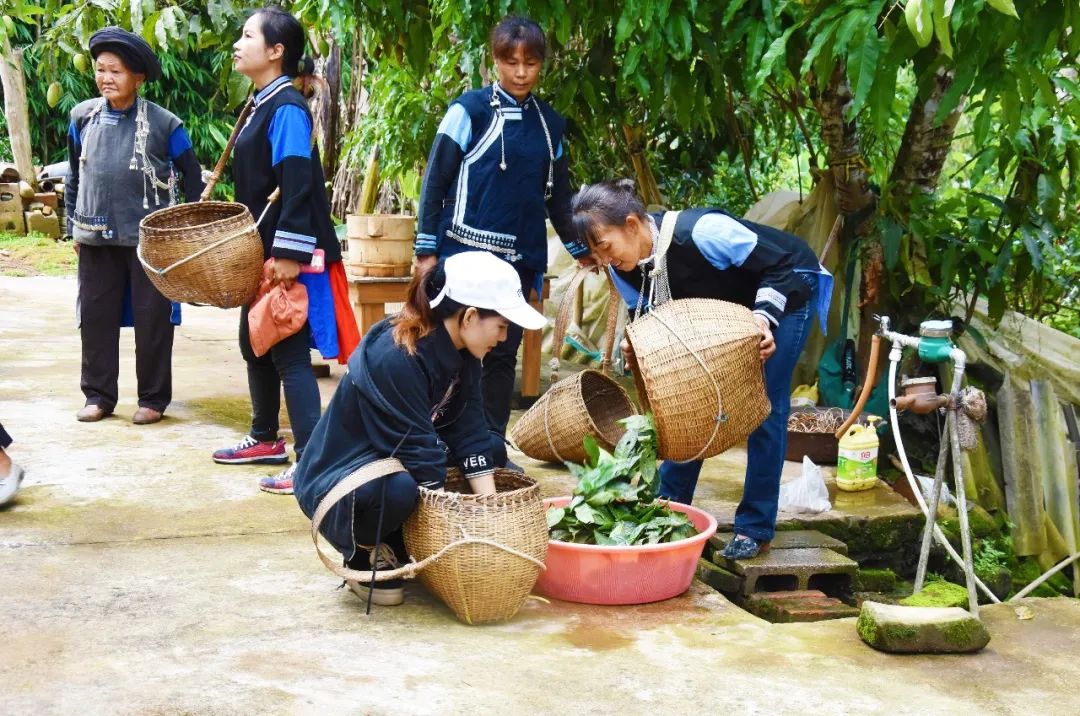
Unlike other teas, the authentic Paka tea leaves must be picked from old healthy tea trees instead of fresh young ones. The best time to pick leaves is on the clear days of winter from November to December, to ensure that the tea does not deteriorate due to fermentation.
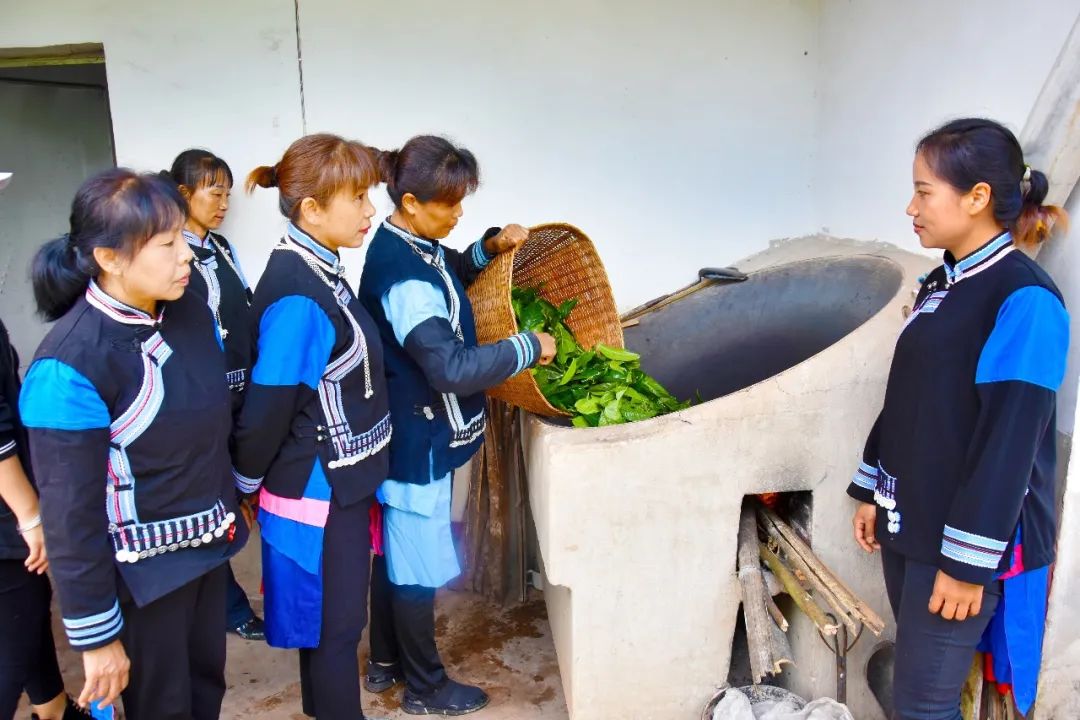
The leaves were put into boiling water to seize the enzymes. When the leaves withered in the water, they were taken out to fry in the hot pan. After steaming, boiling, frying, shaking, tossing and turning, fresh leaves lost water evenly when heated in the pot.
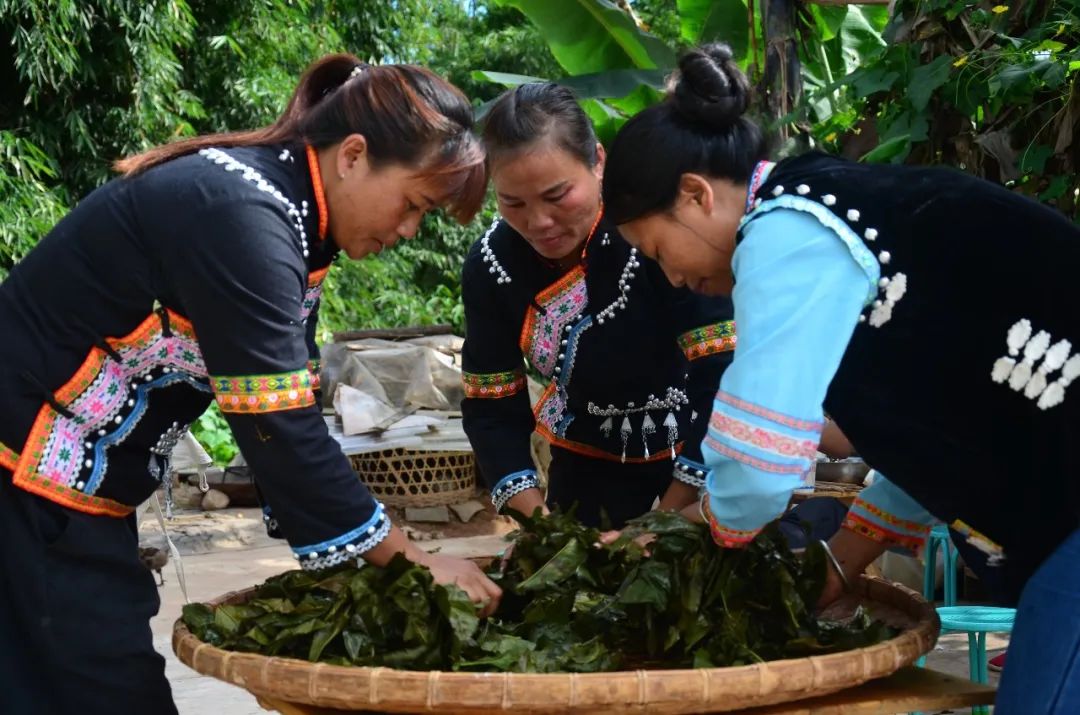
Zhang Lijuan mastered and controlled temperature and time appropriately so that the effective substances in the tea like catechins, polyphenols and saccharides can be preserved.
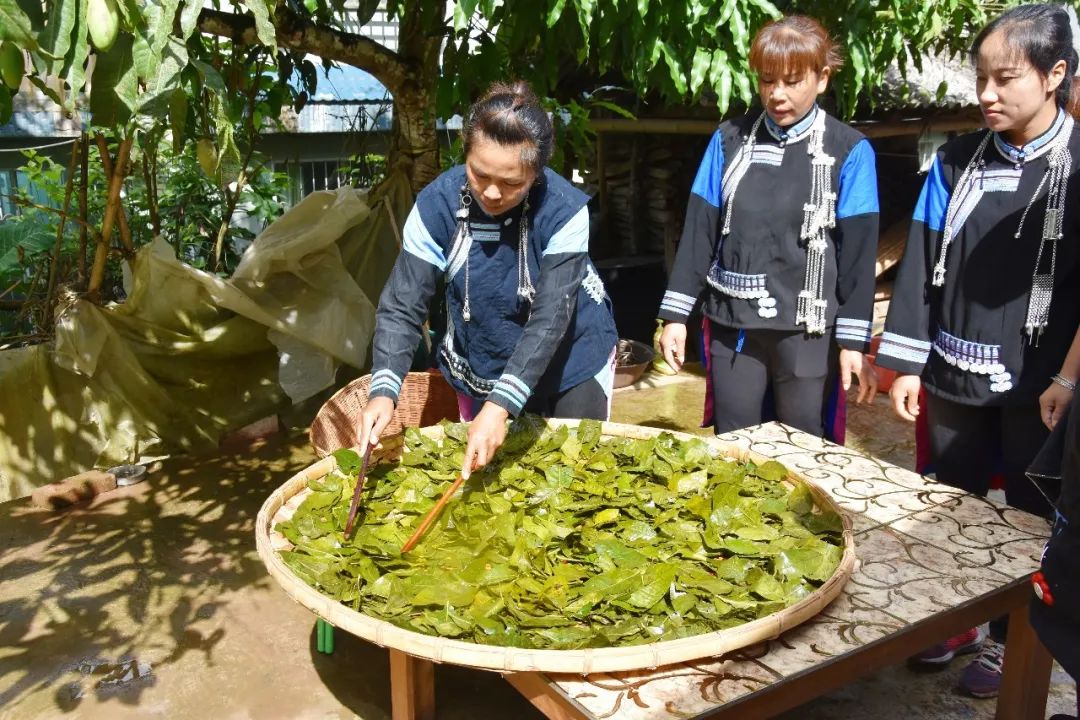
After the last procedure was finished, the tea leaves were put in the bamboo tubes with a certain size and bundled by vines. Then the tea would be dried and packaged.

When it comes to drinking Paka tea, it is better to boil it slowly in the pot on charcoals. After simmering, the tea releases its aroma when drinking.
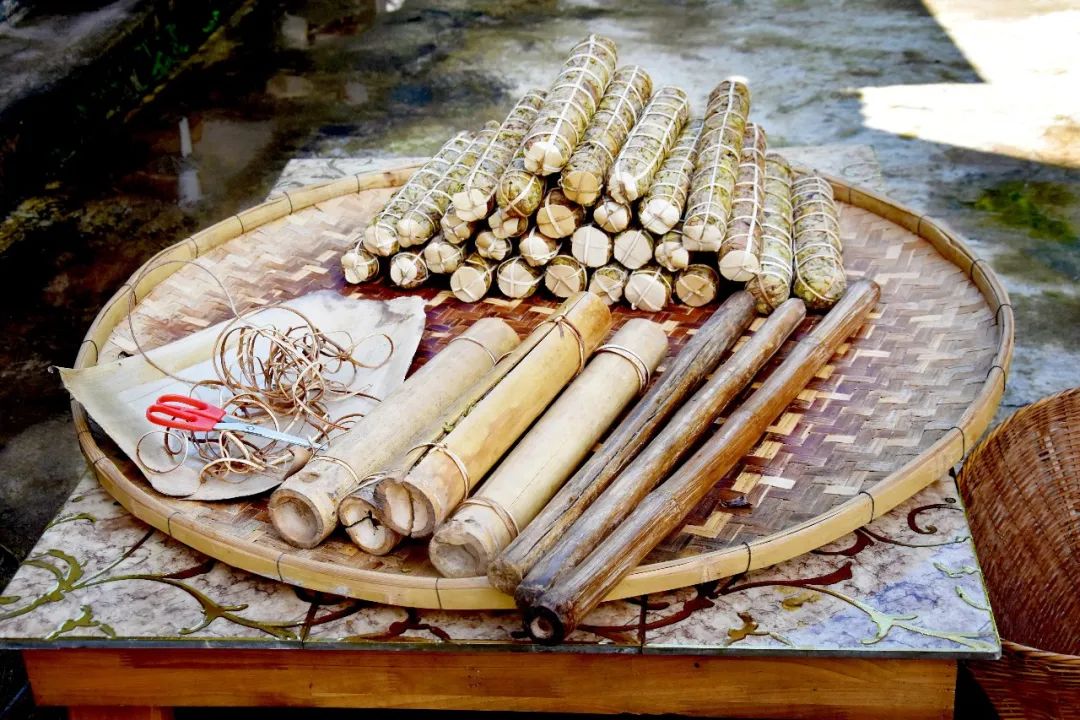
Source: Pu’er Culture Center; Trans-editing by Mo Yingyi